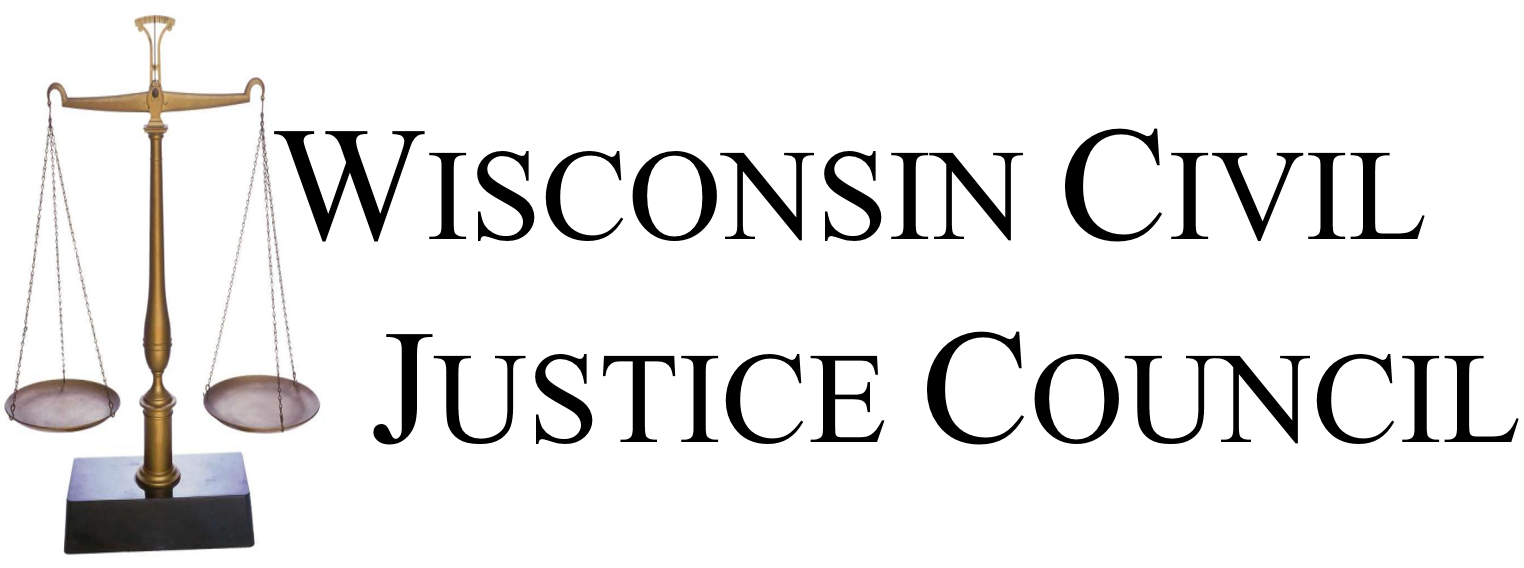Repeal Expected to Improve Legal Climate and Return More Money to Medical Assistance Fund
WCJC has accomplished one of its major objectives for the 2015-2017 state budget with the repeal of Wis. Stat. §20.931, Wisconsin’s “False Claims for Medical Assistance Act”.
The act allows private individuals, unaffiliated with the government, to sue private businesses alleging fraud against the state’s medical assistance program. The act rewards private individuals for filing these actions by providing that the person who brings a private cause of action may be awarded up to 30 percent of amounts recovered in addition to expenses, costs, and reasonable attorney fees. While the original intent of the act, to root out fraud, is admirable this law was ineffective and unnecessary.
The act, originally created in the 2007-2009 state budget act, is ineffective because the Department of Justice (DOJ) proactively prosecutes these claims on its own. Furthermore, DOJ has stated the repeal of the act could increase recoveries for the Medical Assistance program because the state will not have to pay the 30 percent “bounty” to the whistleblowers who bring a private cause of action.
The repeal of this act will not discourage legitimate whistleblowers from bringing information about fraud forward. There are already other avenues in place for whistleblowers to contact state officials, anonymously if need be, such as the governor or attorney general and report fraud. Studies have also shown that whistleblowers with legitimate claims do not have a profit motive and thus the lack of a financial award is unlikely to result in less whistleblowers coming forward.[1] Thus the act is unnecessary.
Repeal of the act was included in the Joint Finance Committee motion #495, the committee’s omnibus motion on Medical Assistance. The motion was adopted by the committee on Thursday, May 21, 2015.
WCJC is grateful for the support of the state legislature and Governor Walker in helping to better Wisconsin’s legal climate.
[1] Kesselheim et al., Whistleblowers’ Experiences in Fraud Litigation Against Pharmaceutical Companies, 362:19 New Engl. J. Med. 1832 (May 13, 2010).
